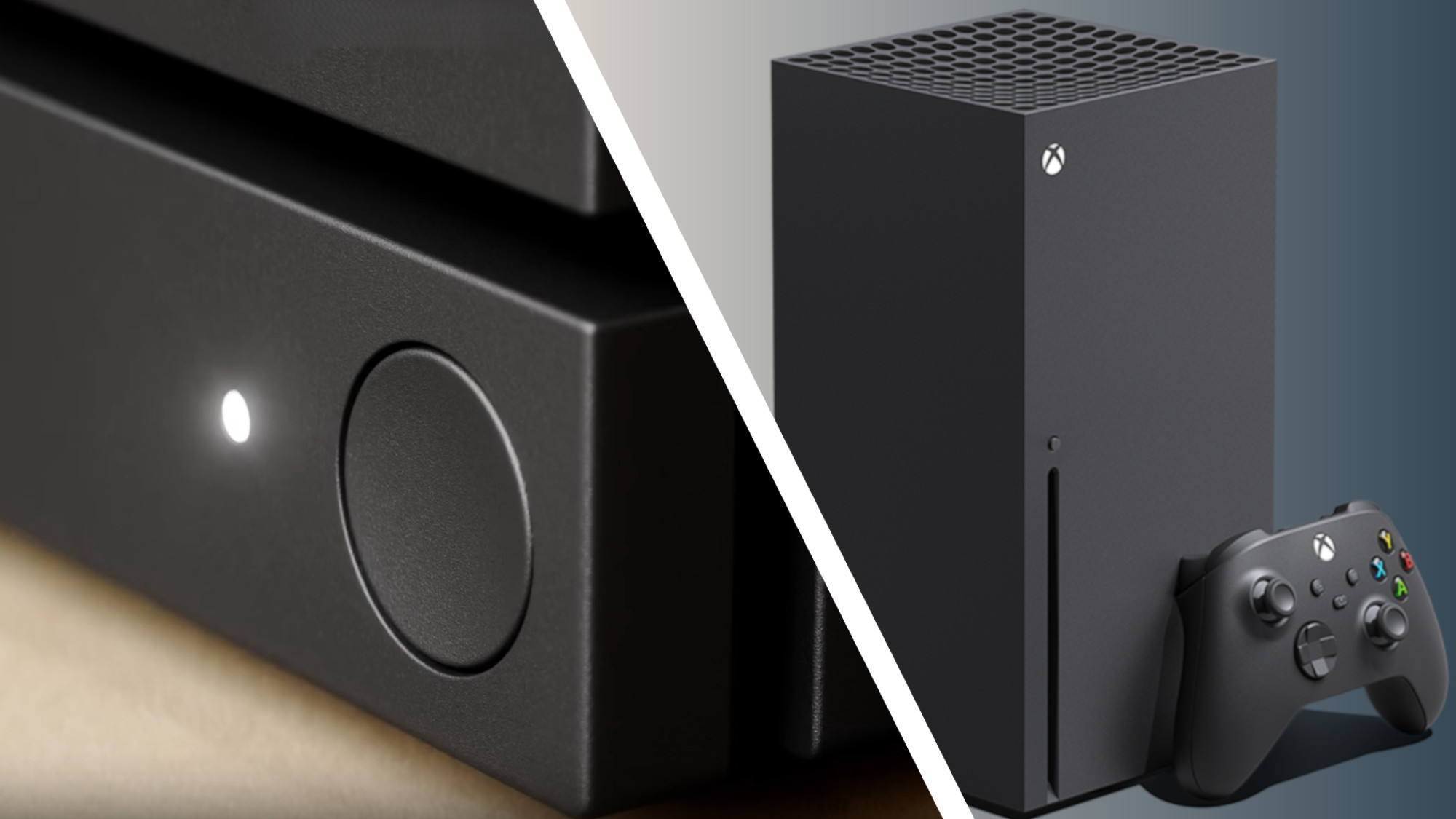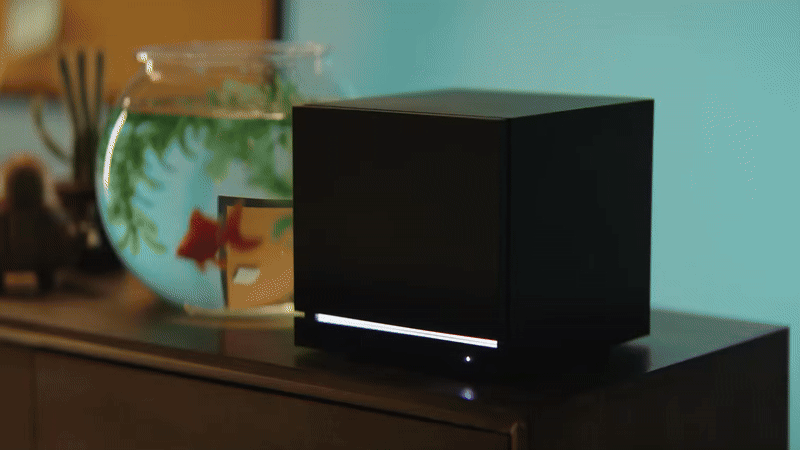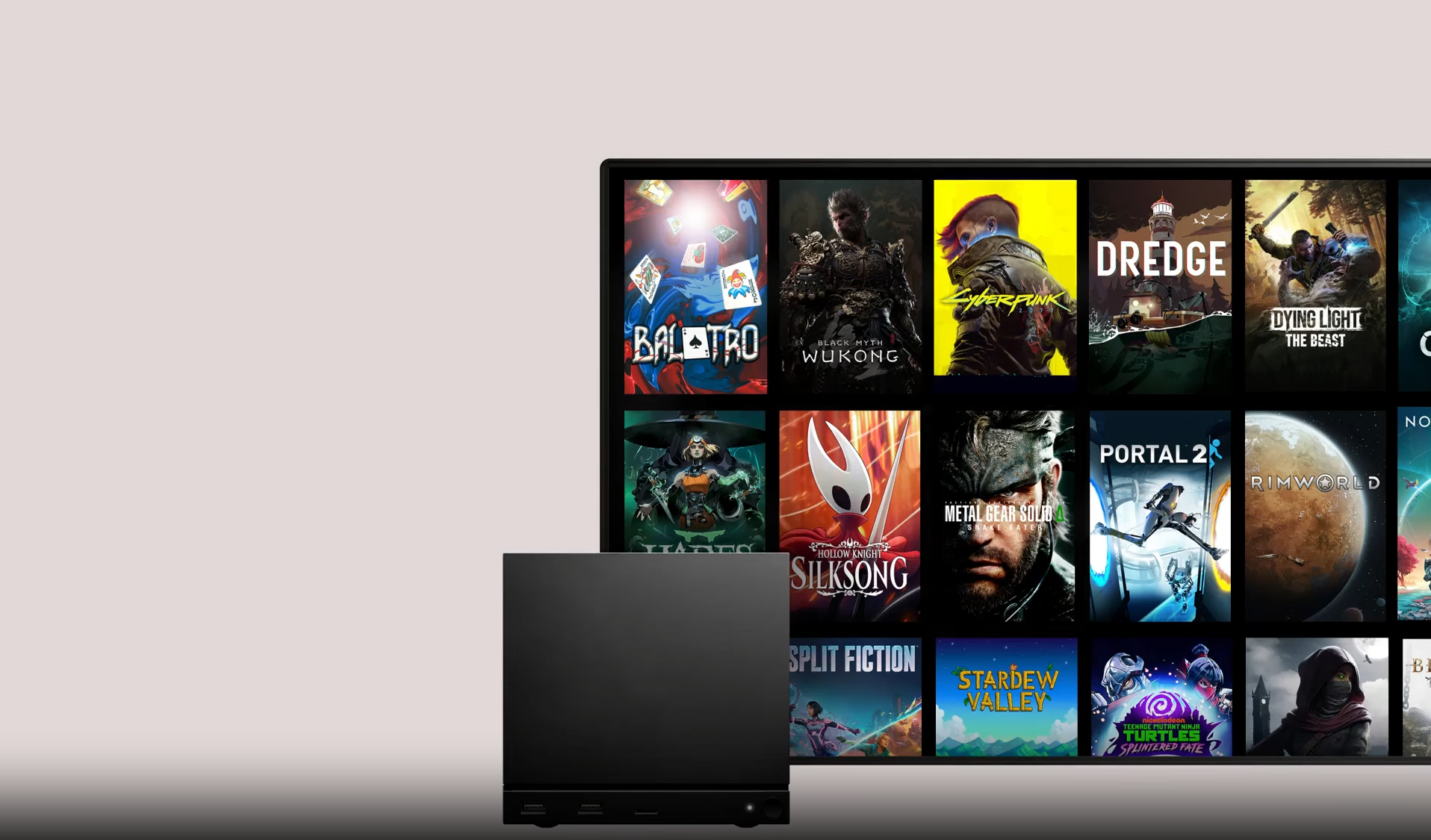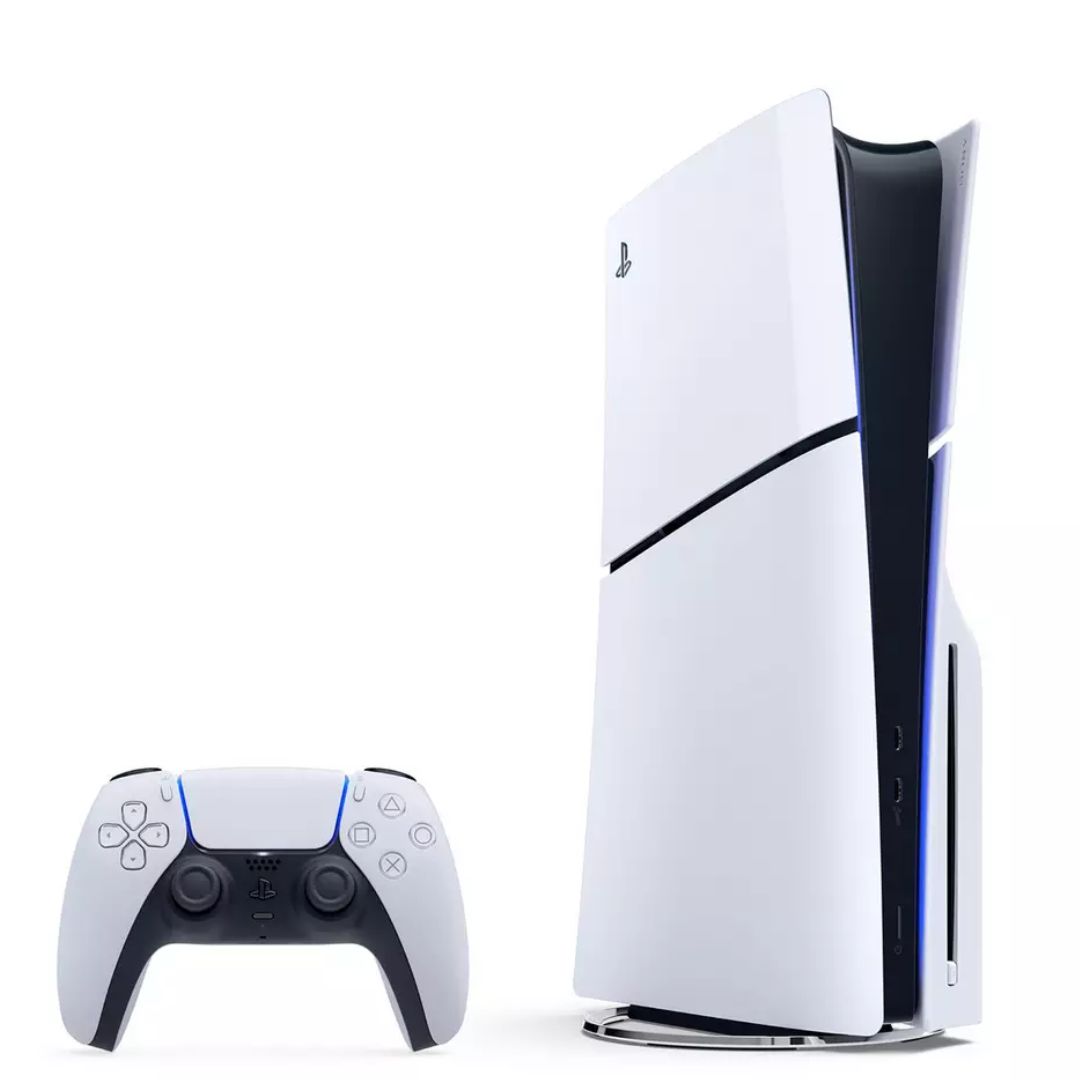Valve’s Steam Machine is a genuine PS5 and Xbox Series X challenger – but I have three particular concerns
Hopefully these don't become major issues...

The console gaming market has included a big three for decades, with Sony, Microsoft, and Nintendo dominating the space by providing powerful consoles to fuel great couch gaming experiences. Sony's PlayStation 5 is the latest to outperform its rival, with sales that have surpassed every Xbox console.
Now, there's a new contestant in town. Valve recently announced the Steam Machine, which is virtually its second attempt at a hybrid PC console experience, powered by a semi-custom AMD Zen 4 6-core processor and an RDNA 3 28CU (compute units) GPU.
Its small form factor, alongside its console-like connectivity (via HDMI 2.0 and DisplayPort 1.4) and operating system, automatically places this in the same conversation as the aforementioned console big hitters.
Instead of console gamers being limited to PlayStation or Xbox exclusives (mostly the former), the Steam Machine bridges the gap by offering a couch-TV gaming setup, with a wider range of games to play via Steam – many of which were once PlayStation exclusives.
Whether many want to admit it or not, the Steam Machine poses a major threat to both Sony and Microsoft and their PS5 and Xbox Series X | S consoles, respectively, especially since the latter is entering a phase of identity crisis as a console brand.
If Valve manages to strike an appealing price point for the Steam Machine and showcase performance that isn't too far off from its new competition, then yes, Sony and Microsoft should absolutely be worried.
However, I must stress that I do have concerns about a few minor and maybe some potential major issues regarding whether Valve will be able to make Xbox and PlayStation look over their shoulder.
1. Only 8GB of VRAM is a concern in 2025

Perhaps the biggest concern of all is that the Steam Machine's 8GB of GDDR6 VRAM for games is something I've vehemently opposed across all systems, whether it's a gaming laptop or desktop GPU, as it's often a limitation on performance in demanding games.
Sign up for breaking news, reviews, opinion, top tech deals, and more.
I've recently been testing a review unit of an RTX 5070 gaming laptop using 8GB of VRAM, and I must say I was pleasantly surprised at how capable it was at 1080p and 1440p resolutions while using upscaling methods. So, I wouldn't exactly say 8GB of VRAM is completely useless – I mean, based on Steam's hardware surveys, 1080p is still the most common resolution used.

However, the concern from myself and others is valid when looking at the system's longevity, and how modern games are very much indeed VRAM-hungry, but I also think it's worth noting that the move for only 8GB of VRAM is likely done on Valve's part to ensure the Steam Machine's price isn't out of whack.
Tools like frame generation will matter more when playing at lower resolutions like 1080p (where VRAM usage is far lower than it is at 4K), and super-resolution upscaling will be ideal when gaming at 4K, as it will ultimately decrease VRAM usage.
Regardless, I still worry that either aggressive upscaling will be involved, such as using FSR 3 performance mode, or users will have to lower graphics settings significantly to avoid maxing out the 8GB of VRAM and achieve the 60fps at 4K that Valve claims.
Overall, I'm sure it will be game-dependent, and more worrisome for gamers playing titles that are poorly optimized, and I suspect the best middle ground would be playing at 1440p, but let's wait to see performance tests once it launches.
2. Pricing could make or break the Steam Machine

Let's get one thing straight here: I completely trust Valve to make the Steam Machine as affordable as possible, as it has done with the Steam Deck. The problem is, I'm worried that pricing might not be as affordable and accessible as many of us are expecting.
That's not on Valve either, but rather the market regarding SSDs and RAM. NAND flash prices are on another sudden rise due to a shortage and high demand from AI data centers, and the same applies to RAM sticks, which are currently facing a significant price hike on the consumer end in the US.
The only hope here is that Valve feels that a low and affordable price for the Steam Machine won't be a major loss (due to increased SSD and RAM prices) from manufacturing costs, especially because Valve already has plenty of financial success from its Steam storefront.
What gives me even more faith is that Valve launched the Steam Deck during the latter stages of the COVID-19 pandemic, where the demand for SSDs, and frankly, all things electronics, was in high demand with increased pricing.
If the price isn't right for the Steam Machine, it's not going to do Valve many favors, so hopefully it hits a sweet spot – and personally, I'm expecting something around $650 / £500 / AU$1,000.
3. Valve may only sell on the Steam storefront

I completely stand by this principle Valve has set with selling its products, notably the Steam Deck, on its Steam storefront exclusively, because it's proven to do a great job at limiting scalpers from spoiling the fun for genuine consumers. It also implemented measures that only allowed one Steam Deck per Steam account, making it harder for scalping overall.
So what's the problem in regard to the Steam Machine then? If Valve is intent on competing with Sony and Microsoft's current-gen gaming consoles, then I have no doubts that selling this new hybrid PC console on Steam only will impact sales.
To be clear, there will more than likely be a significant amount of gamers who are unfamiliar with Steam coming from consoles, or those diving into gaming for the first time, and I would assume Valve would also implement the one per account method.
Not every consumer will be willing to sign up to Steam via multiple accounts to buy the system for themselves or others, and again, Steam alone can't outshine the pull that Amazon, Best Buy, Argos (UK), Newegg, or any other major retailer has for consumers buying new products.
I just hope that if the Steam Machine does stay exclusive to the Steam storefront, it doesn't limit its reach and potential to give the PS5 and Xbox Series X | S consoles a run for their money.
Follow TechRadar on Google News and add us as a preferred source to get our expert news, reviews, and opinion in your feeds. Make sure to click the Follow button!
And of course you can also follow TechRadar on TikTok for news, reviews, unboxings in video form, and get regular updates from us on WhatsApp too.

➡️ Read our full guide to the best gaming consoles
1. Best overall:
PlayStation 5 Slim
2. Best budget:
Xbox Series S
3. Best handheld:
Nintendo Switch 2
4. Most powerful:
PlayStation 5 Pro

Isaiah is a Staff Writer for the Computing channel at TechRadar. He's spent over two years writing about all things tech, specifically games on PC, consoles, and handhelds. He started off at GameRant in 2022 after graduating from Birmingham City University in the same year, before writing at PC Guide which included work on deals articles, reviews, and news on PC products such as GPUs, CPUs, monitors, and more. He spends most of his time finding out about the exciting new features of upcoming GPUs, and is passionate about new game releases on PC, hoping that the ports aren't a complete mess.
You must confirm your public display name before commenting
Please logout and then login again, you will then be prompted to enter your display name.